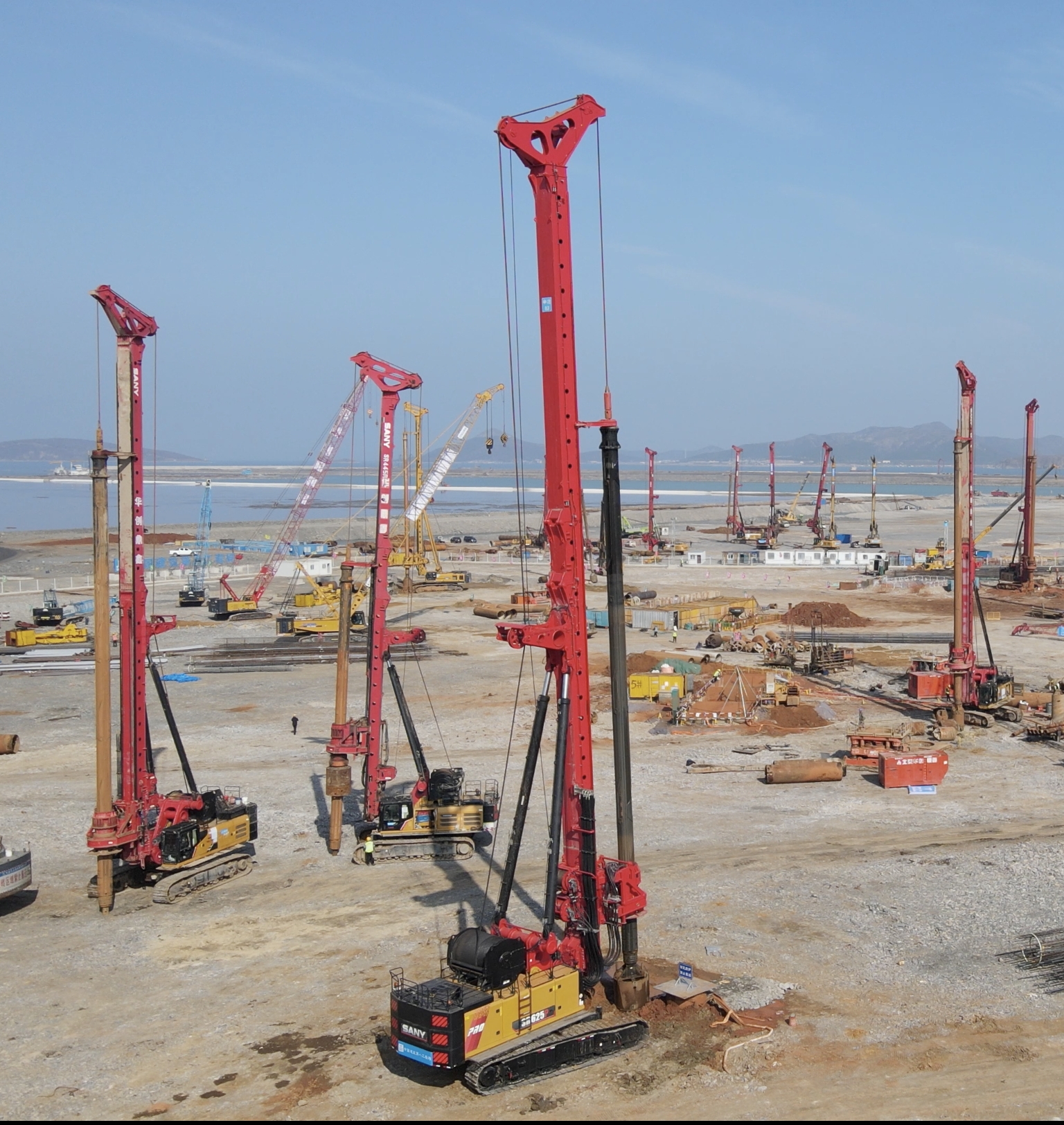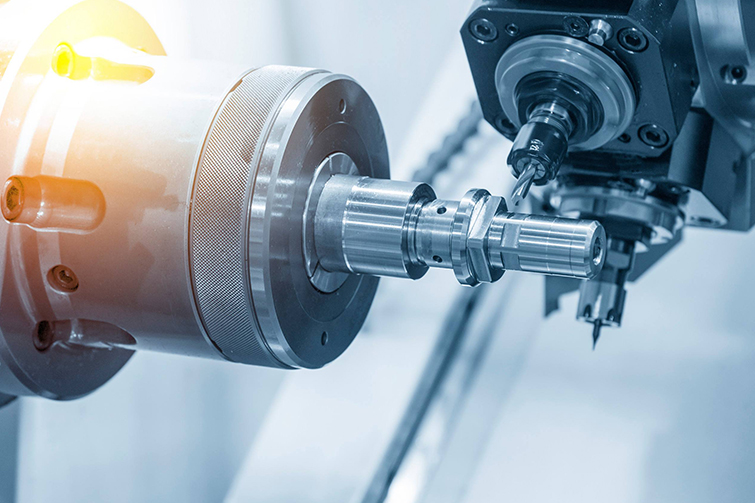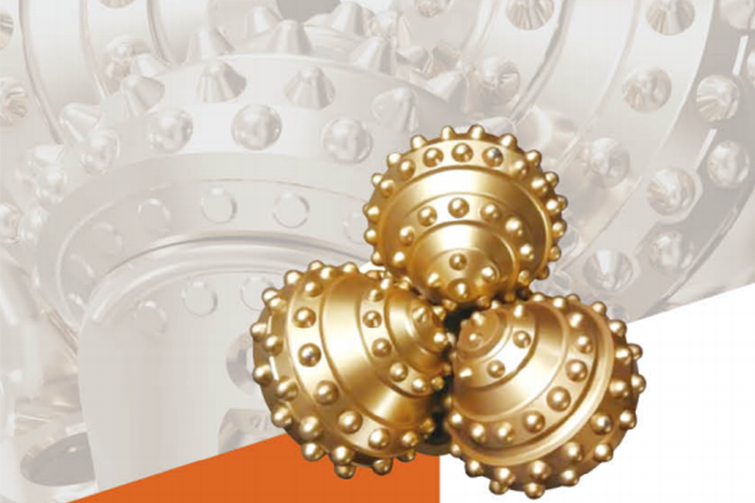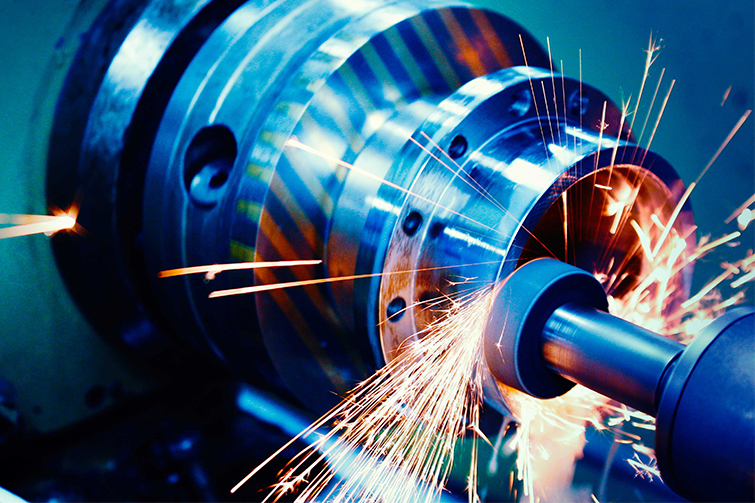

Enhancing Excavation Efficiency: The Critical Role of Drilling Bucket Teeth and Excavation Cutting Teeth

Understanding Drilling Bucket Teeth and Excavation Cutting Teeth
Drilling bucket teeth and excavation cutting teeth are pivotal components in the excavation and mining industries. These teeth are attached to the edges of buckets and cutting tools, designed to penetrate and break through various materials, from soft soil to hard rock. Their design and material composition directly impact the efficiency and longevity of excavation equipment.
Material and Design Considerations
The effectiveness of these teeth hinges on their material and design. High-grade steel alloys, often with tungsten carbide tips, are commonly used for their durability and resistance to wear. The shape of the teeth—whether conical, chisel, or ripper—also plays a crucial role in determining their suitability for specific materials and excavation conditions.
Selection Criteria for Optimal Performance
Selecting the right teeth involves considering the material to be excavated, the type of equipment used, and the operating conditions. For instance, harder materials require teeth with more robust tips and a design that can withstand high impact forces. Conversely, softer materials may benefit from teeth designed for faster penetration and material removal.
Maintenance and Replacement Practices
Regular inspection and timely replacement of worn or damaged teeth are essential to maintain excavation efficiency and prevent damage to the bucket or cutting tool. Implementing a routine maintenance schedule can significantly extend the lifespan of both the teeth and the equipment.
Frequently Asked Questions
What are the signs that drilling bucket teeth need replacement?Visible wear, decreased excavation efficiency, and unusual vibrations during operation are key indicators that the teeth may need replacement.
How often should excavation cutting teeth be inspected?Inspection frequency depends on usage intensity, but a general recommendation is before and after major projects or every 50-100 hours of operation.
Can drilling bucket teeth be sharpened?Yes, some teeth can be sharpened to extend their usability, but this depends on the tooth material and design. Always consult the manufacturer's guidelines.








